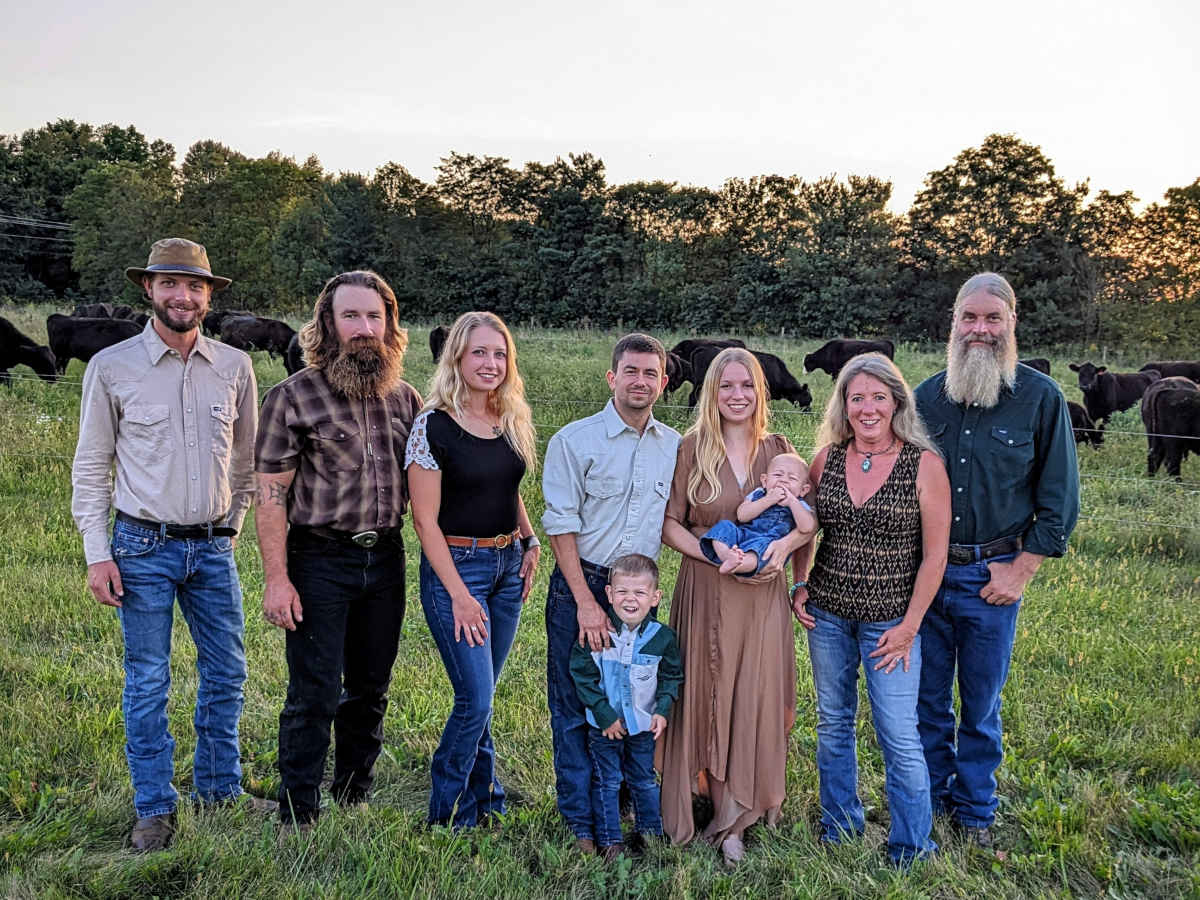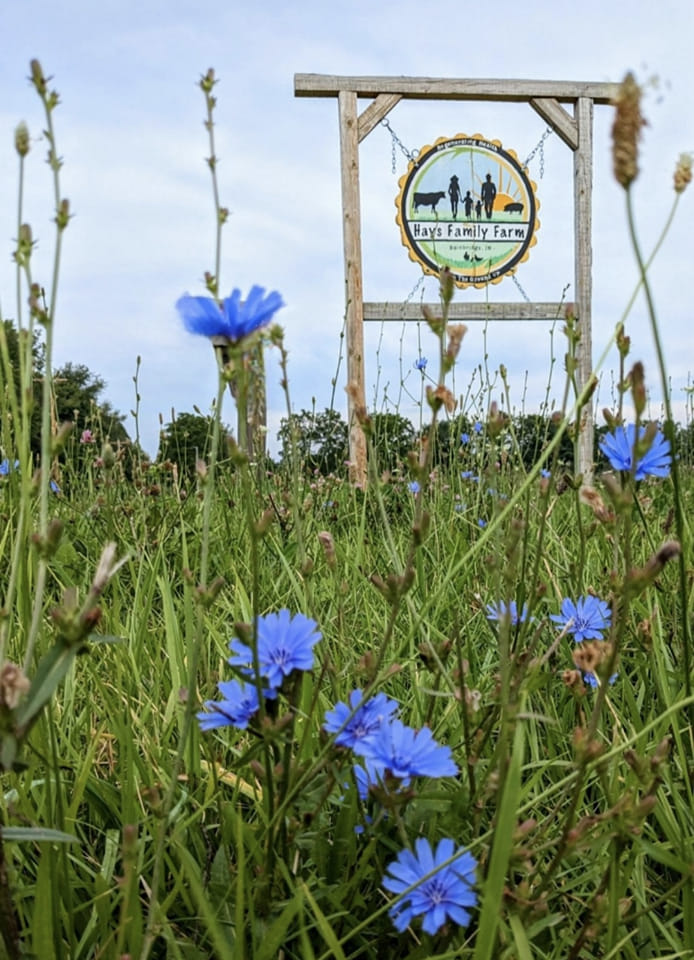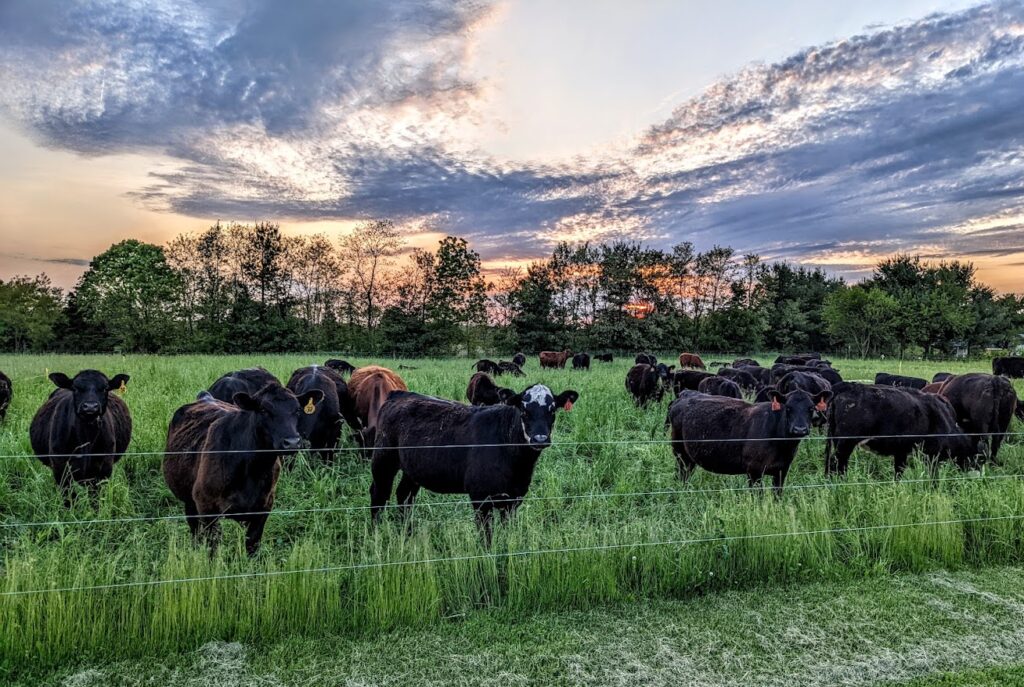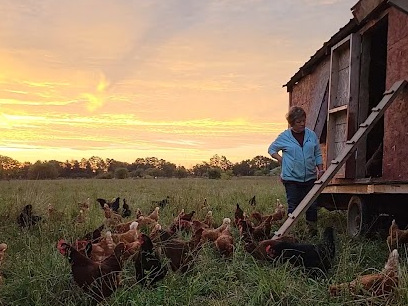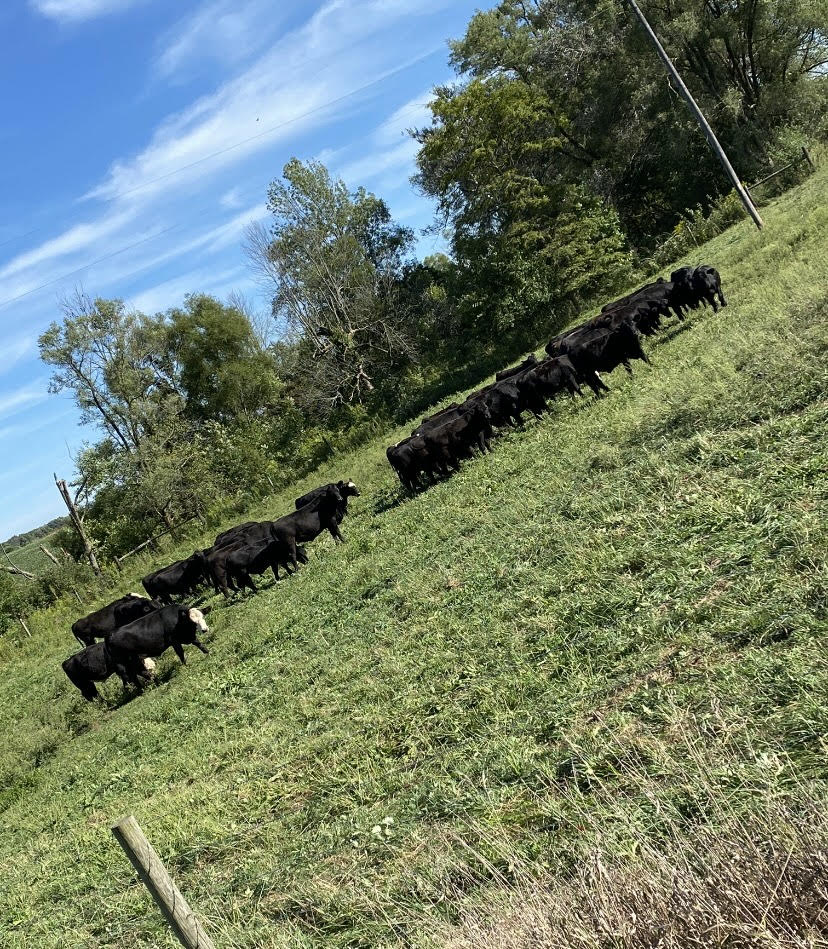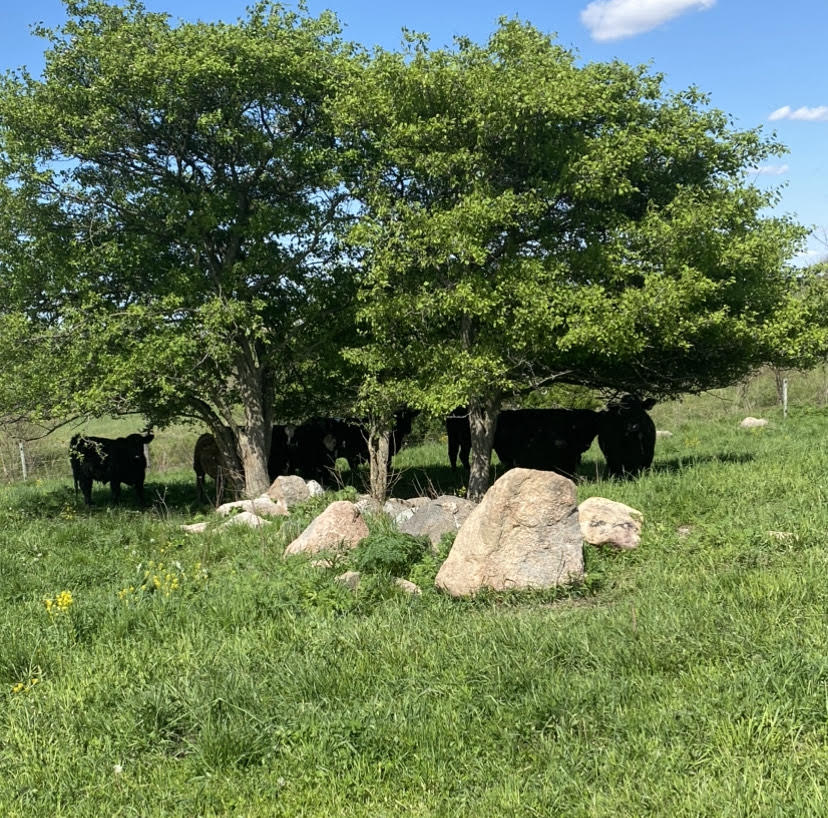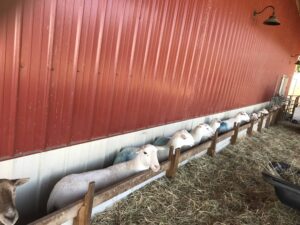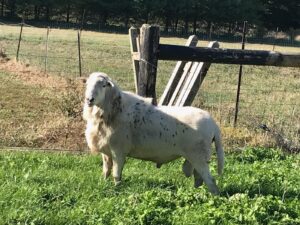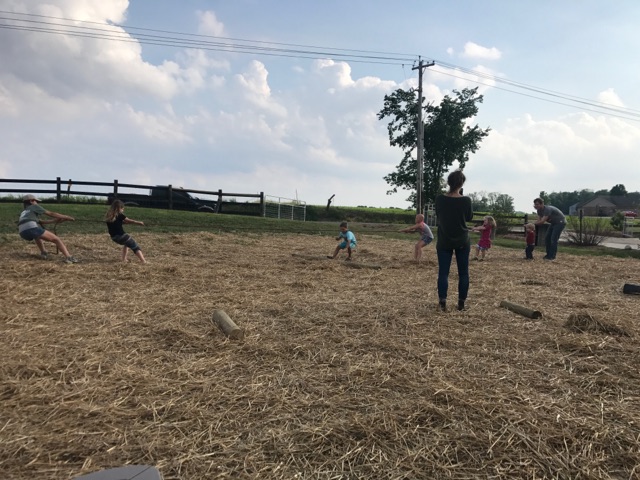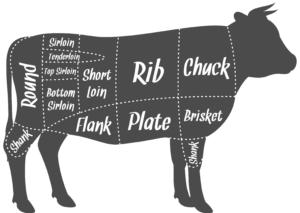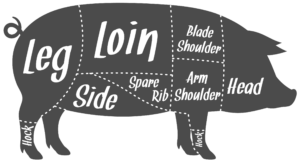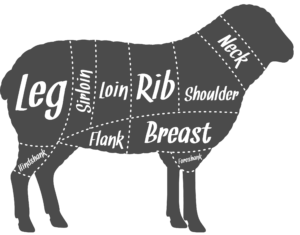As the total number of farms goes down, the number of big farms is going up — and this shift hurts rural America. According to an analysis by Food and Water Watch: “Communities with more medium- and smaller-sized farms have more shared prosperity, including higher incomes, lower unemployment, and lower income inequality, than communities with larger farms tied to often-distant agribusinesses.”
In strictly economic terms, U.S. agriculture has followed a pretty unsurprising path. Better technology leads to greater crop yields, which in turn mean lower prices and larger farms. Our economic system distorts competition and fosters consolidation — and then we act surprised when farmers follow the rules of the game in order to survive.
Today, we have a ton of tiny farms — and yet when it comes to land, “the top 10 percent of farms in terms of size account for more than 70 percent of cropland in the United States; the top 2.2 percent alone takes up more than a third,” wrote Roberto A. Ferdman in The Washington Post.
If current trends continue, the structure of U.S. agriculture will encompass a small number of immense corporate-linked or owned farms, and large numbers of small direct-market operations. The former system of production will produce the vast majority of the food most Americans will consume.
Disappearing most quickly is the medium-size family farm. Constituting about 45 percent of our agriculture, these farms are “too big to pack up a pickup truck and sell at a farmers market, but they are increasingly much too small to compete in the Walmartification of the food system,” says author, farmer, and chef Dan Barber. “They’re literally stuck in the middle.”
Fifth-generation farmer and Daily Yonder columnist Richard Oswald echoes this sentiment. “In America, we have two really visible types of agriculture,” he said on a recent The Farm Report podcast. “The large corporate agriculture … and then we have the local food movement.” In the middle, he says, are the family farmers who possess the cumulative knowledge of the land locavores romanticize, but have also modernized operations in ways the food movement might not approve of. As a result, food writers “tend to lump us all in with the industrial food folks. It makes it really difficult for people like me who have to struggle and fight just to stay on the farm at all.”
A recent USDA report lays out what that means on the ground: “The median farm operator household consistently incurs a net loss from farming activities, which means that most farm operator households rely on off-farm income to sustain them.” Or, to put it in popular decorative-plate terms: “Behind every good farmer, there’s a wife who works in town.” Whether it’s the husband or wife making that daily trip to an office job, the situation is often perilous, and the family farmers who are still in the game usually aren’t in it to make the big bucks.
So what to do? Barber hopes we can broaden the food movement for the sake of the food system at large. “It’s important to support the farm-to-table movement,” Barber says, “but we somehow have got to make the issue of mid-size farming sexy and approachable.”
While I agree that much can and must be done to make mid-size farming sexy to foodies, turning a conventional farm into a sustainable one is no easy task. Struggling to make ends meet does not foster an environment of innovation, experimentation, and complicated crop/animal rotations. Beyond issues with infrastructure and outreach, we also have to find common ground in two cultures that more often seem to clash.
In order to save mid-sized farms for the sake of the food movement and the people who own them, we’ll need to learn how talk to each other first. To urban foodies: Rural life is more nuanced and intelligent than you might perceive. To the farmers: There’s a generation of folks who are interested and educated about food — and they’re willing to pay more for a greener effort and more stable farming system.
Could we imagine a brighter future for American agriculture? A future, that is, other than increasingly lonely towns, with just a few maintenance workers to keep the robots working? That’s our trajectory, and perhaps that’s not so bad. It might be more efficient, opening up more land for wilderness. It might be safer, without the need for dirty, low-wage jobs. But I think we’d lose something important if agriculture stopped supporting rural culture. And there’s a good case that increasing the number of people working the land can also increase the quality of the environment.
There are alternatives that could break the cycle of bigger farms and fewer farmers. One way to do it would be to stop spreading out and instead to farm more intensively, using more people to produce more food from each acre. The organic farmers who got started 50 years ago have proved that that’s possible, and that people will pay a little more for food if they believe they are truly supporting a model that helps family farms, and the environment, thrive.
The formula wouldn’t work exactly the same way but the model holds great promise if people are willing to take charge, rather than simply drifting with the flow of history.
Farm size matters because farmers should be able to make a living raising our food without becoming a gigantic operation. Farm size matters because as our agricultural system consolidates, rural America dries up. Farm size matters because the people who know their land will make the best decisions for it. Farm size matters because farmers matter.
Adapted from a series of articles published earlier this year in the on-line newsletter GRIST.
